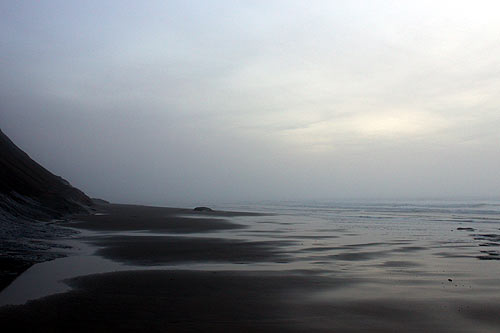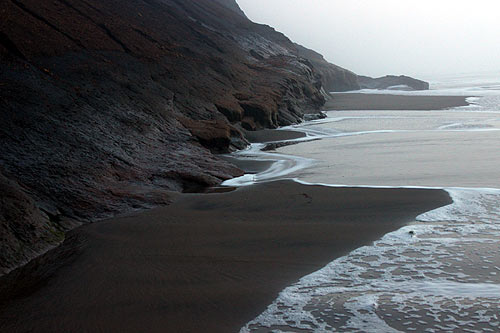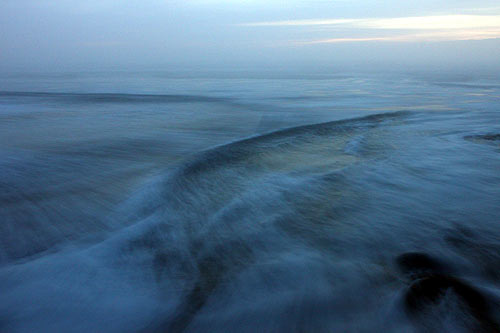TIBURON, Calif. (KGO) -- We're learning more about the father and son who drowned after being swept away by a large wave while fishing Friday afternoon.
The two San Francisco residents, 37-year-old Juan Escamillo-Rojas and his 9-year-old son Juan Carlos Escamillo-Monroy, were last seen trying to reach shore near Point Bonita off the Marin Headlands by their friend who joined them on a Friday fishing trip. That friend, Gabriel Cabrera, also told us how he struggled to try and save them as they tried to reach shore in the frigid waters off the headlands.
The Escamillo and Monroy families came together on Saturday to grieve and say a rosary for the father and son.We spoke to Cabrera, who was fishing with the two around 4 p.m. when the 9-year-old was swept off the rocks near Bonita Cove by a large wave. In his native Spanish, he described how the father screamed out, "my son my son," and dove into the water to save the boy. He told us how a giant wave after wave washed over him as he tried to find a way to save them. He finally used the only thing he could find -- a fishing rod and line, which he managed to get to the pair. But then the line snapped.
Having no other choice, Cabrera then ran up the hill to call 911. The two were plucked from the water about 100 yards offshore by a Tiburon Fire Department boat and the Coast Guard.
Sister-in-law Gloria Monroy couldn't believe what happened, "And then they told us about the terrible accident that happened to Juan and Juanito. They went fishing and then the big waves came and took them both. It's so horrible."
Gloria also says the family recently lost all they had in a house fire. The family is trying to raise enough money to bury father and son in their native Mexico City.
It was "a large wave" that swept away the 9-year-old first and the father dived into the water to save his son and both were drawned. What a tragic happening! Same storyline we have seen too much time, this time in San Francisco Bay again. God bless the lost father and son, may they be rest in peace and May God help their family and friends to cope with this tragedy and try not to let it ever happen again!























